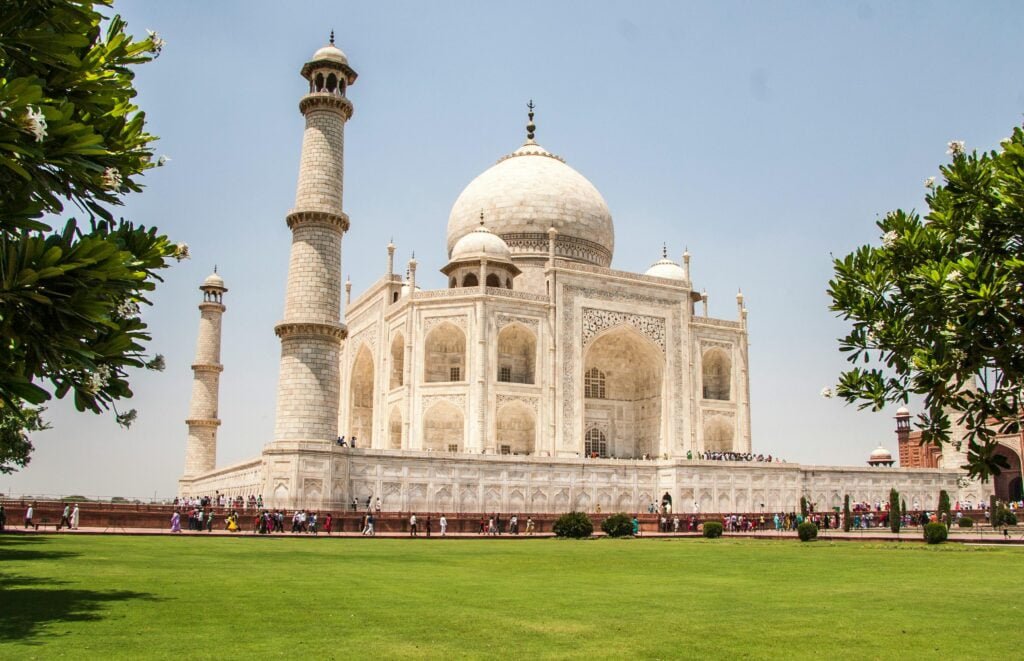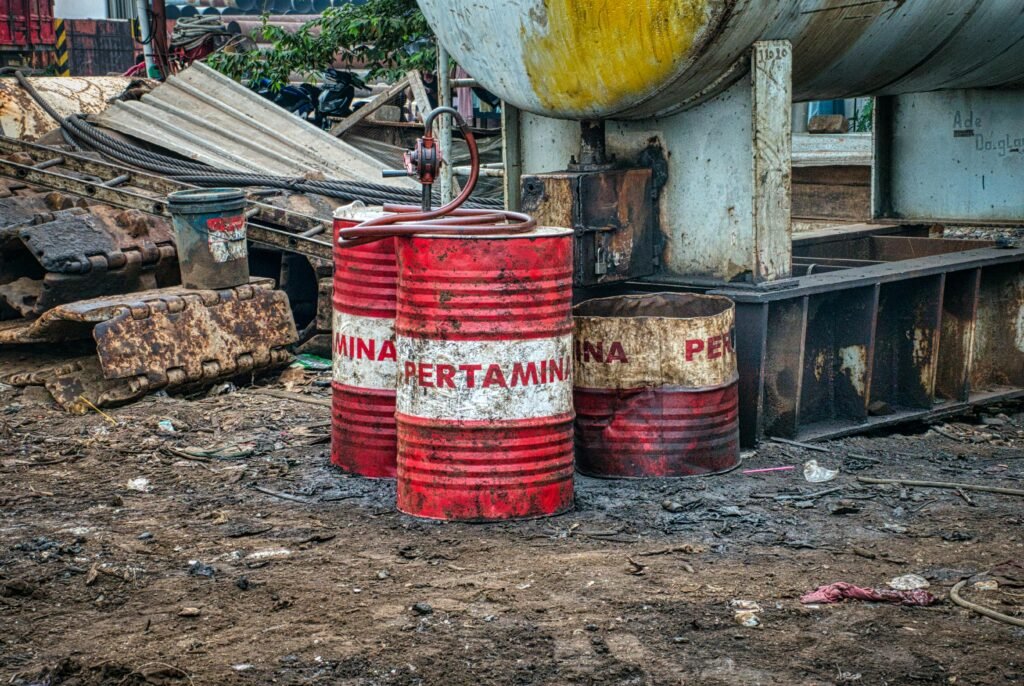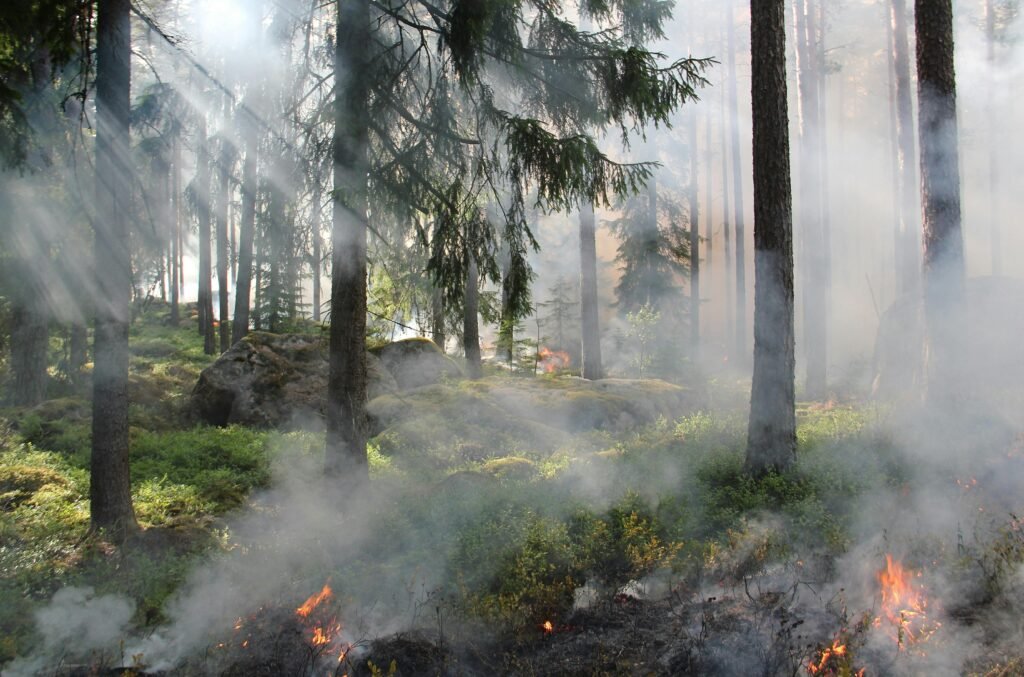
Picture a farmer staring at a dry field, or a kid waiting hours for a bucket of water. That is water scarcity in India—a huge problem where there is not enough clean water to go around. It hits hard, messing up farms, health, and even money for millions. About 40% of people in India face water stress, especially in places like Rajasthan, Punjab, Haryana, Karnataka, and Tamil Nadu. Climate change makes it worse with wild weather, and a growing population adds more pressure. Let us break down what this means, how it got this way, and what we can do, so you see the full story and learn something real.
What Is Water Scarcity in India?
Water scarcity means not having enough easy-to-get water for daily needs—like drinking, washing, or growing crops—and keeping the economy running. In India, it is a big deal because farms need water to feed everyone, and people need it to stay alive. Historically, India dealt with this thanks to tricky monsoons—rains that come and go—and old ways like rainwater harvesting.
But today, modern pipes and pumps have not kept up, and we lean heavy on groundwater—underground water tapped by wells. It covers 70% of irrigation and 85% of drinking needs. Trouble is, we pull too much—16% of groundwater spots are overused, says the Central Ground Water Board, leaving less for tomorrow.
How It Got Worse Over Time
This water mess grew as India changed. Back in the 1960s, the Green Revolution boosted food with new seeds and irrigation, but it guzzled water like crazy. Farms in Punjab and Haryana went big, sucking up rivers and wells. Then cities popped up fast—places like Bengaluru now run dry often because homes and offices need more water than ever. Old tricks like catching rain in ponds got forgotten, and new systems cannot handle the demand. For example, Bengaluru’s lakes shrank as buildings took over, leaving less to store. So, more people, more farms, and more cities turned a tough problem into a giant one.
How Climate Change Makes It Harder
Climate change is a big player in this water crunch. It shakes up weather—rain comes late or not at all, heat climbs, and monsoons get wild. This messes with both surface water—like rivers—and groundwater under the dirt.
Unpredictable Rain
Monsoons bring most of India’s rain, but climate change makes them flaky. Some years, it pours too much, flooding fields; others, it barely drips, drying them out. This throws off planting times and cuts how much water sinks into reservoirs—big storage spots underground or in dams. For example, Tamil Nadu saw weak rains in 2023, leaving farmers stuck. Because rain is off, the gap between water we need and water we get grows bigger.
Hotter Days
Rising heat sucks water away fast—evaporation pulls it from lakes and soil before we can use it. Hotter days also mean more droughts—long dry spells that kill crops and shrink supplies. Rajasthan’s deserts feel this bad—rivers vanish, and wells go dry quicker. Because heat steals water, places already short get hit even worse.
Dropping Groundwater
Groundwater is a lifeline when rivers run low, but climate change and over-pumping drain it. Dry spells stop it from refilling, and farms pull out too much to keep going. In Punjab, wells now dig deeper every year—some spots dropped 10 meters since 2000. This depletion—using it faster than it comes back—threatens water for the future. So, climate change and water scarcity team up to make a bad mix.
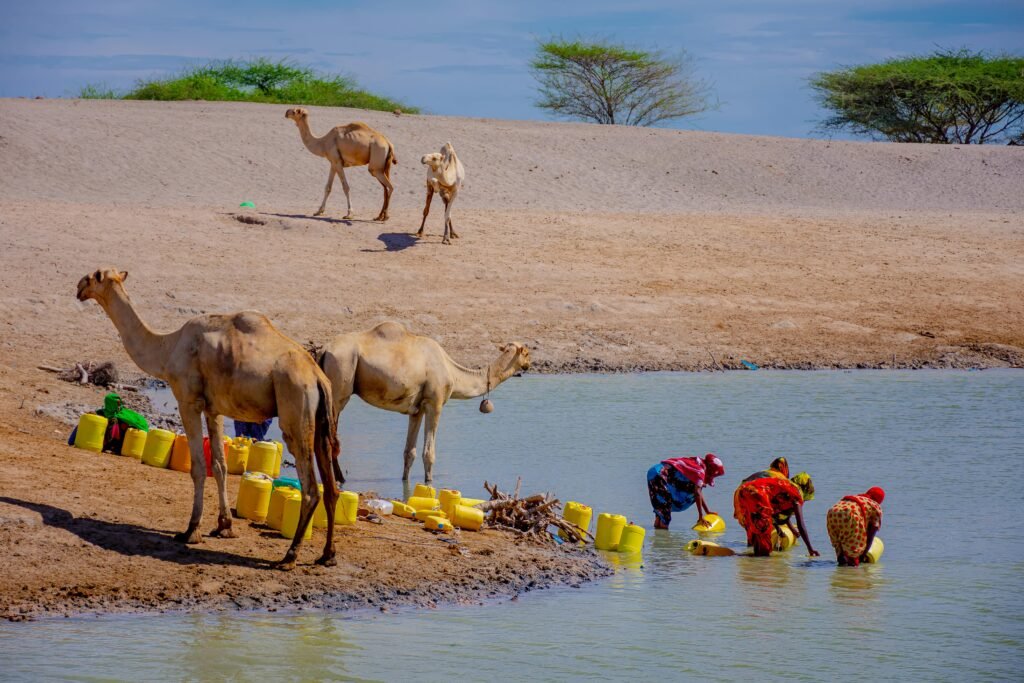
Health Risks from Water Scarcity
Less water means more sickness. Dirty or scarce water spreads diseases like diarrhea or cholera—kids in villages get hit hard when wells dry up. In Delhi, shortages force folks to buy from tankers, but that water is not always clean. Plus, less to wash with means germs stick around, spiking fevers and stomach bugs. For example, Tamil Nadu saw more waterborne illness in 2022 when rains failed. Because health tanks without water, this scarcity cuts deep into daily life.
Economic Fallout
Water scarcity shakes money too. Farms make less—think wheat or rice dying in Haryana’s heat—pushing food prices up and farmers into debt. Cities slow down—Bengaluru’s tech offices lose days when water trucks do not show. Small shops, like tea stalls, close if there is no water to boil. In 2021, Karnataka’s drought cost billions in lost crops and jobs. Because water fuels farms and work, running low drags India’s wallet down big.
Smart Tools to Fight Back
We can tackle water scarcity in India with clever ideas—tools and tricks to save what we have and use it better.
Water-Saving Gear
New gadgets help a lot. Low-flow faucets and showerheads cut water use by half without feeling weak. Dual-flush toilets let you pick a light flush, saving 70% per go. Smart irrigation controllers check weather and soil, watering gardens only when needed. For example, a Mumbai flat with these saves buckets daily. So, these tools keep water around longer.
Rainwater Harvesting
Catching rain is a winner. Roofs and tanks grab monsoon water, storing it for dry days. In Gujarat, villages use this to fill wells—some cut shortages by 30% since 2015. It works in cities too—Chennai’s homes store rain to dodge summer cuts. Because it grabs what falls free, rainwater harvesting is a solid fix.
Better Irrigation
Farms drink the most water, so smarter irrigation helps. Drip irrigation pipes water straight to plant roots, skipping waste—uses 50% less than old flooding ways. Sensors track soil wetness, watering just right. Tamil Nadu’s drip setups boosted rice yields with less water in 2023. So, these tricks grow food without draining everything dry.
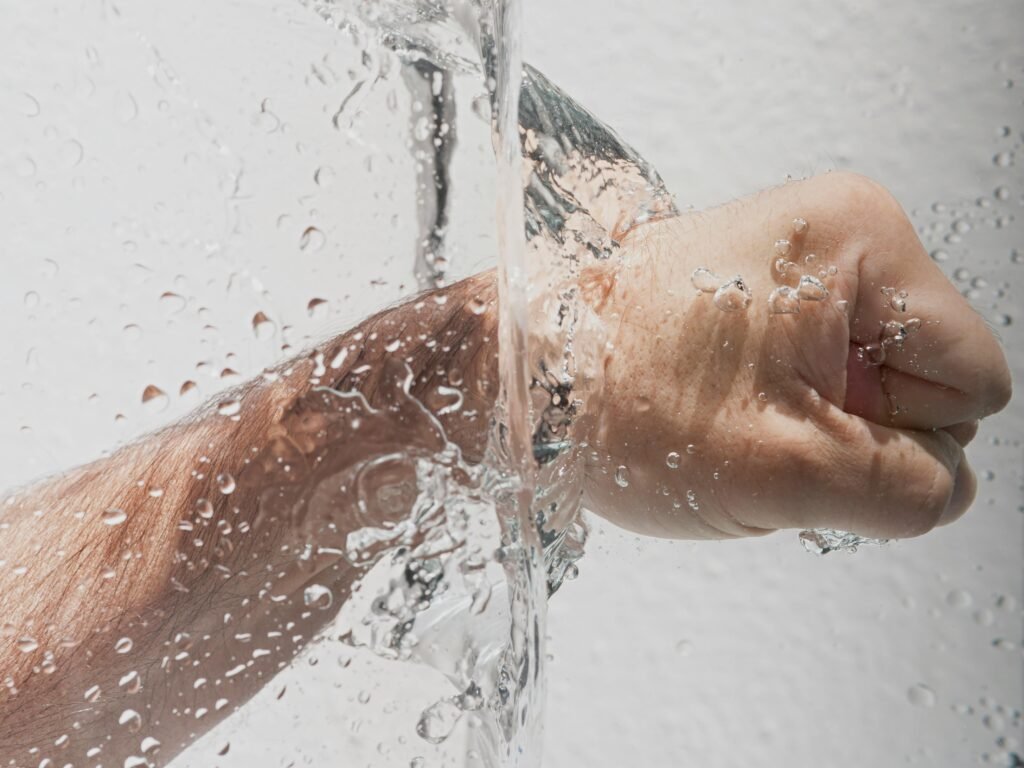
What the Future Could Look Like
If we do not act, water scarcity in India could turn ugly—fights over rivers, empty fields, and sick towns. But if we move now, it flips. Strong plans can save us.
Government Steps
Leaders can lead the charge. Build dams and reservoirs to hold monsoon floods for later. Desalination—turning sea water fresh—could help coast spots like Gujarat. Tough rules on water waste—like fines for leaks—push people to care. Fund smart irrigation and drought-tough crops too. For example, India’s Jal Jeevan Mission under the Ministry of Jal Shakti since 2019 fixes pipes and ponds—keep it growing. So, big moves from the top set us straight.
Community Power
Towns can pitch in. Groups can teach folks to save water—think school talks or radio ads. Build check dams—small walls to catch rain—or clean old lakes. In Rajasthan, villages revived ponds, doubling water since 2020. Because locals know their land, they make fixes stick.
Your Part
You can help too. Fix dripping taps—saves gallons a week. Use low-flow gear or catch rain in a bucket at home. Teach kids why water matters—they carry it on. For example, a Delhi family cut use 20% with a rain tank in 2024. So, your small steps add up big.
Why It Hits You
Water scarcity in India is not just their headache—it is ours. No water means less food on your plate, sicker neighbors, and a weaker country. But if we save it—better crops, cleaner drinks, stronger towns. You can start—turn off the tap, push for change. Because water keeps us all going, this fight is yours too.
What do you think? Share below—your ideas keep this alive. Let us fix water scarcity in India together!
Frequently Asked Questions (FAQs)
How Does Water Scarcity Hurt People in India?
Water scarcity hurts people in India because it cuts clean water for drinking and washing. Without enough, folks get sick—diseases like cholera spread fast when water is dirty or gone. Kids in dry villages miss school fetching buckets instead. Farms fail too—less water means less rice or wheat, so food gets pricey and families go hungry. For example, Rajasthan’s shortages in 2023 left wells empty and stomachs growling. So, it hits health and food hard.
Why Is Climate Change Making Water Scarcity Worse in India?
Climate change makes water scarcity worse in India because it messes up rain and heat. Monsoons come late or weak, leaving rivers low—farmers cannot plant on time. Hotter days dry up lakes fast—evaporation steals water before we use it. Groundwater depletion happens too—less rain means wells do not refill, and we pull too much anyway. For example, Punjab’s wells sank deep in 2022 from dry spells. So, wild weather shrinks what we have.
What Can We Do to Fix Water Scarcity in India?
We can fix water scarcity in India with smart moves. Catch rain in tanks—rainwater harvesting saves it for dry days, like Gujarat does. Use drip irrigation—pipes drop water right to plant roots, saving half compared to flooding fields. Fix leaks at home—a dripping tap wastes tons. For example, Tamil Nadu’s drip setups grew crops with less in 2023. So, these steps keep water around for everyone.


